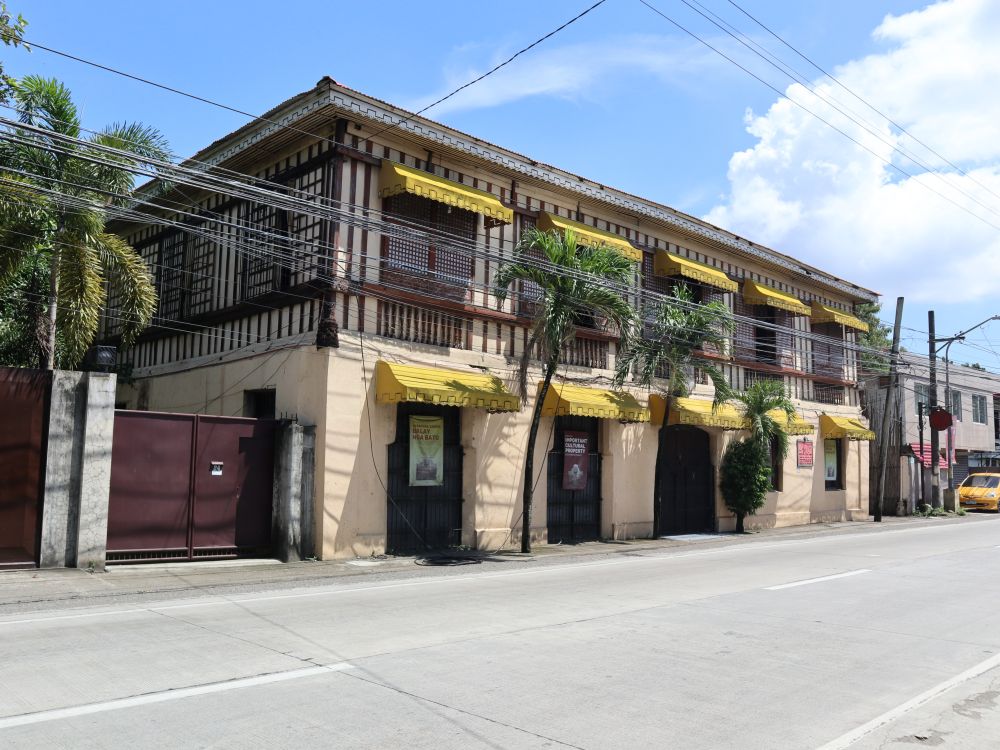

The Camina Balay nga Bato is a heritage house that has become one of the iconic tourist landmarks in Iloilo, Philippines. Positioned along the banks of the Iloilo River in the district of Arevalo, this historic mansion offers a genuine glimpse into the Filipino lifestyle during the Spanish colonial era.
The historical edifice, originally built in the 1860s, served as the residence of various prominent families over the years and was later transformed into a destination where visitors can experience Iloilo's rich culture and traditions. Camina Balay nga Bato - translated into English as "House by the River" - is an opulent example of the traditional Filipino-Spanish architecture known as 'bahay na bato', which literally means 'house of stone'.
It was not until the property was meticulously restored and opened to the public that tourism began to thrive in this area. While keeping the architectural integrity and historical charm, the house was turned into a museum and cultural center. Tourists started flocking to this place to witness the well-preserved antiques, intricately designed interiors, and to learn more about the local heritage. The idea of immersive and cultural tourism took root, leveraging the house's historical significance to attract visitors.
As of the latest tourism trends, experiential and cultural travel has taken a front seat. Visitors to Camina Balay nga Bato are looking for authentic encounters and opportunities to engage with local history. The house provides just that through interactive tours, traditional dining experiences, and even dress-up activities where tourists can wear period Filipino clothing.
The main allure of this destination lies in its ability to transport visitors back in time. The engaging storytelling by the local guides enhances the educational aspect of these visits. Moreover, the destination boasts an integrated experience by combining history with local culinary delights such as the famous hot chocolate made from tablea (cacao) served along with traditional Ilonggo kakanin (rice cakes).
The rise of social media has also played a key role in promoting Camina Balay nga Bato. Many visitors share their experiences online, showcasing the beauty and cultural richness of both the house and Iloilo City itself, which has sparked increased interest in this heritage destination.
Looking ahead, the future of tourism in Camina Balay nga Bato seems to align with the global trend towards responsible and sustainable travel. Efforts to preserve the house and its environment, as well as to educate visitors about the importance of heritage conservation, are expected to remain at the forefront of the tourism offerings here. Additionally, the focus on providing a unique and culturally-enriched experience will likely continue to draw in tourists from around the world, who seek to connect with the stories and traditions of Iloilo.